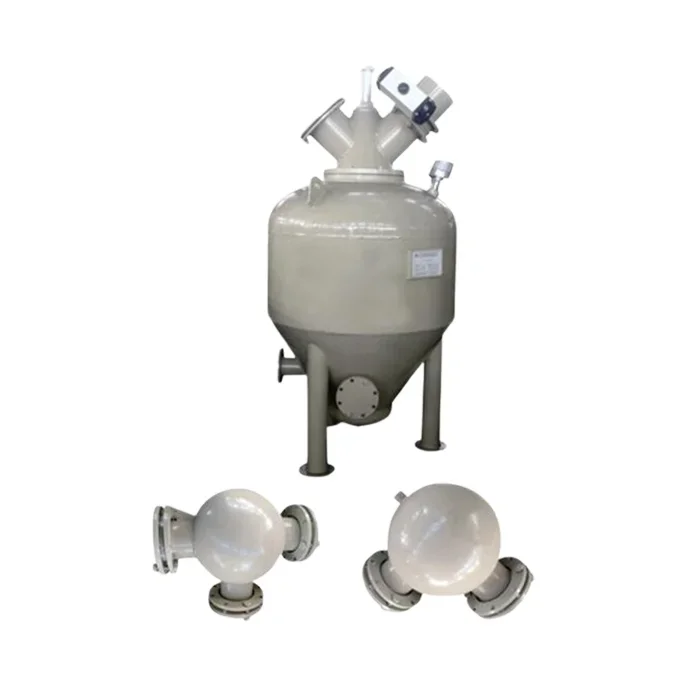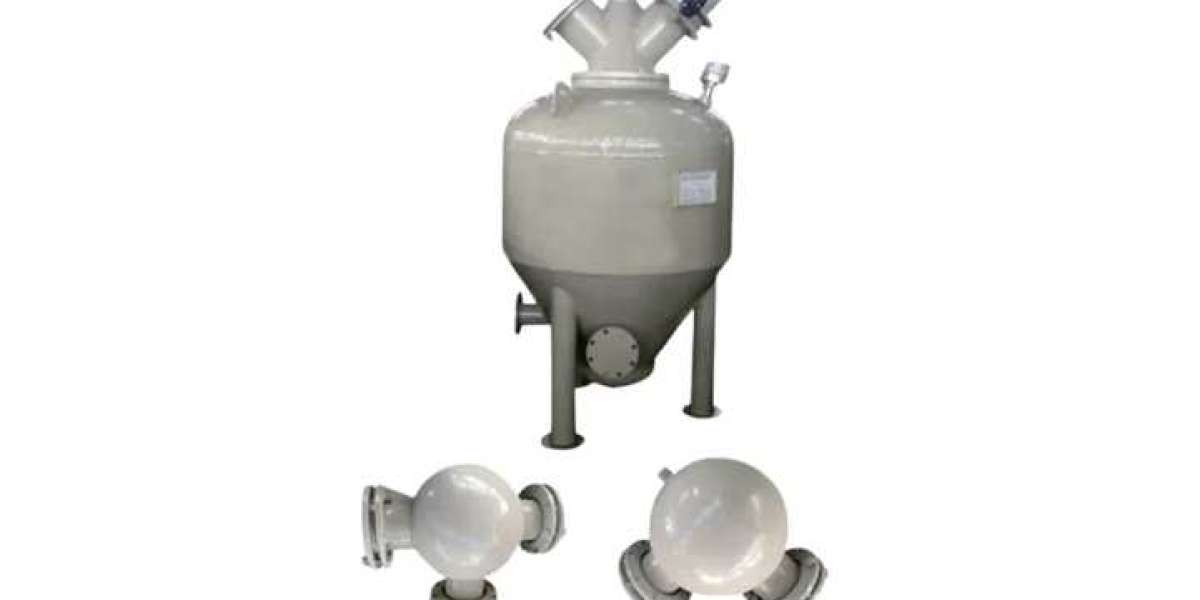Conveying equipment plays a crucial role in various industries, facilitating the transportation of different materials efficiently and effectively. In the realm of quartz sand transportation, conveying equipment offers numerous benefits that enhance productivity, reduce costs, and ensure a smooth workflow. This article delves into the advantages of utilizing conveying equipment specifically for conveying quartz sand, highlighting its impact on operational efficiency, material handling, and overall profitability.
I. Understanding Quartz Sand and its Transportation Challenges
Quartz sand, also known as silica sand, is a commonly used material in various industries, including construction, glass manufacturing, and foundries. It is prized for its high purity, heat resistance, and abrasive properties. However, the transportation of quartz sand poses several challenges.
Firstly, manual handling of quartz sand can be labor-intensive and time-consuming. The sheer volume and weight of the material make it impractical for manual transportation, leading to increased labor costs and reduced productivity. Additionally, traditional transportation methods, such as using wheelbarrows or buckets, can result in material loss, contamination, and product degradation.

II. The Role of Conveying Equipment in Quartz Sand Transportation
A. Enhanced Efficiency and Productivity
One of the primary benefits of utilizing conveying equipment for quartz sand transportation is the enhanced efficiency and productivity it offers. Conveying equipment automates the transportation process, reducing the need for manual labor and streamlining operations. This automation leads to increased throughput and faster transportation speeds, allowing businesses to meet production demands more effectively. Moreover, conveying equipment minimizes downtime by ensuring a continuous flow of material, optimizing workflow, and reducing bottlenecks.
B. Improved Material Handling
Conveying equipment significantly improves material handling in quartz sand transportation. By utilizing specialized systems, such as pneumatic conveyors, belt conveyors, or screw conveyors, the risk of material loss and waste is minimized. These systems are designed to handle quartz sand gently, preventing particle breakage and preserving the material's integrity. Furthermore, conveying equipment helps prevent contamination and product degradation by ensuring a closed and controlled environment during transportation.
C. Cost Reduction and Profitability
Implementing conveying equipment for quartz sand transportation can lead to substantial cost reductions and increased profitability. Firstly, the automation of transportation processes reduces the need for manual labor, resulting in lower labor costs and increased operational efficiency. Additionally, conveying equipment minimizes maintenance and repair expenses, as it is designed to withstand the abrasive nature of quartz sand. By optimizing resource utilization and reducing material loss, businesses can also minimize costs associated with material wastage, further enhancing profitability.
III. Types of Conveying Equipment Suitable for Quartz Sand Transportation
A. Pneumatic Conveying Systems
Pneumatic conveying systems(For example, Jingzhaoyang Machinery Pneumatic conveying systems)utilize air pressure to transport materials, making them an ideal choice for quartz sand transportation. These systems consist of a network of pipes, a blower or compressor, and a receiver. The high-velocity air stream carries the quartz sand particles through the pipes, ensuring a continuous and efficient flow. Pneumatic conveying systems offer benefits such as flexibility in routing, minimal material degradation, and the ability to transport materials over long distances.
B. Belt Conveyors
Belt conveyors are widely used in various industries for the transportation of bulk materials, including quartz sand. These systems consist of a continuous belt loop that moves the material from one point to another. Belt conveyors offer advantages such as high capacity, versatility in routing, and the ability to handle various material sizes. They are particularly useful for long-distance transportation and can be customized with features such as sidewalls or cleats to prevent material spillage.
C. Screw Conveyors
Screw conveyors are another popular choice for quartz sand transportation. These systems consist of a rotating screw inside a tube, which moves the material along the conveyor. Screw conveyors are suitable for both horizontal and inclined transportation and offer benefits such as gentle handling, minimal maintenance requirements, and the ability to handle various material types. They are particularly useful for transporting fine or powdered quartz sand.

IV. Best Practices for Implementing Conveying Equipment in Quartz Sand Transportation
To ensure successful implementation of conveying equipment in quartz sand transportation, businesses should consider the following best practices:
A. Conducting a thorough needs assessment and system evaluation: Understand the specific requirements of your quartz sand transportation process and evaluate the suitability of different conveying equipment options.
B. Collaborating with experienced equipment suppliers and manufacturers: Work with reputable suppliers and manufacturers who have expertise in quartz sand transportation. They can provide valuable insights and guidance in selecting the most suitable conveying equipment for your needs.
C. Regular maintenance and monitoring for optimal performance: Implement a proactive maintenance program to ensure the optimal performance and longevity of your conveying equipment. Regular inspections, cleaning, and lubrication are essential to prevent breakdowns and maximize efficiency.
D. Training employees on equipment operation and safety protocols: Provide comprehensive training to employees involved in operating and maintaining the conveying equipment. This will ensure safe and efficient operation, reducing the risk of accidents and downtime.
Conclusion
Conveying equipment offers significant benefits in the transportation of quartz sand, revolutionizing traditional methods and improving overall operational efficiency. By automating processes, enhancing material handling, and reducing costs, conveying equipment ensures a seamless workflow and maximizes profitability. As industries continue to evolve, the utilization of conveying equipment becomes increasingly essential for businesses seeking to stay competitive and achieve long-term success in the quartz sand transportation sector.
Efficiency in Motion: The Role of Conveying Equipment in Streamlining Material Handling








